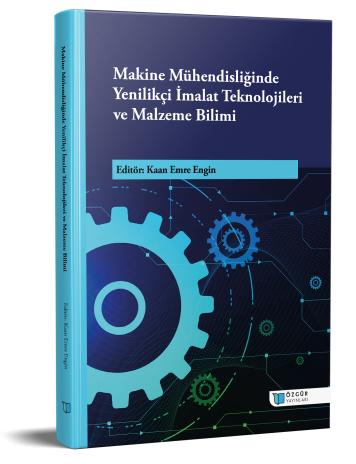
Rapid Mold Manufacturing with 3D Printing for Low-Volume Injection Molding
Chapter from the book:
Engin,
K.
E.
(ed.)
2025.
Innovative Manufacturing Technologies and Materials Science in Mechanical Engineering.
Synopsis
Injection molding is one of the most common manufacturing methods for producing polymeric parts. Generally, molds for mass production are typically made of tool steel, which provides a long tool life, or aluminum alloy for lower pressures. However, the significant disadvantages of molds produced from these materials include lengthy manufacturing processes and high costs. In particular, obtaining the desired geometry and surface quality requires the use of electrical discharge (EDM) or electrochemical (ECM) processing technologies together with classical machining technologies. This situation makes it difficult to overcome tool costs for prototype production or small batches (small production volume). Although the use of additive manufacturing methods for prototypes provides a significant advantage, the strength of parts manufactured with the additive manufacturing method is generally lower than injection molding and may not be sufficient for ideal prototype production. However, the production of injection molds with the additive manufacturing method offers significant advantages for low-pressure injection molding and low production volumes. This study aims to combine the two methods, low-pressure injection molding and 3D printing/digital light processing (DLP) methods, for mold manufacturing. This type of hybrid manufacturing offers a cheaper alternative than aluminum/steel molds. Injection molds manufactured with this method provide the opportunity to produce parts with particularly complex geometry with high productivity and short lead times. In this study, a straight-helical double plastic gear was selected and solid models of the gear and its two-part mold were prepared using a design software. The mold was printed using UV-sensitive resin and high-density polyethylene was injected into the 3D printed mold using a low-pressure injection molding machine. The resulting parts were found to have surface quality and dimensional accuracy. The results show that the combination of additive manufacturing and injection molding is a robust hybrid method for low-volume production. 3D printed molds can be used many times (10-100 pieces) by controlling the injection temperature, which enables rapid tool production.

